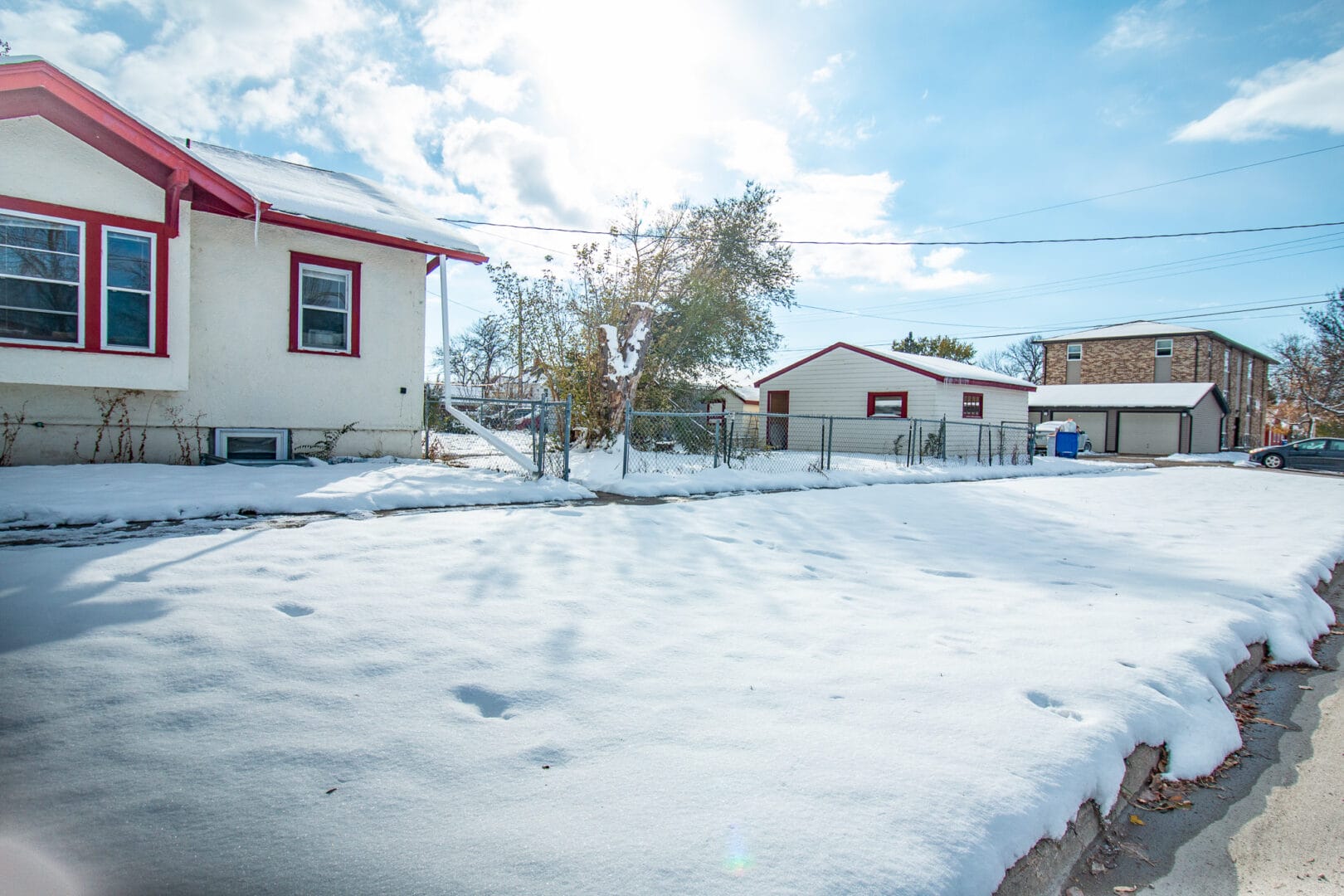Your refrigerator is the most used appliance!
It may also be the largest consumer of energy in your kitchen. Proper maintenance will reduce energy consumption and extend the life of the refrigerator. Here are some care and cleaning tips to prolong the life of your refrigerator.
Here are common sense ways to declutter and organize your fridge: 
- The front of the middle rack, near eye-level, is prime refrigerator re al estate. Put priority items there, like leftovers
you want eaten soon and healthy snacks. The back of the fridge is the coldest part. Store milk there, and it will stay fresh longer.
Don’t waste fridge space on food that doesn’t need to be chilled. Examples: fresh eggs from backyard chickens (though store-bought eggs do need refrigerating), ketchup, vinegar, jam, mayonnaise, and butter. Put those items in the pantry. You can store fresh eggs in a bowl on the counter for eight weeks.
- Never put tomatoes in the fridge, or they’ll get mushy; onions will soften; honey will thicken; potatoes will turn too starchy. Keep onions and potatoes in separate paper bags and store in a cool, dark place (a lower cabinet drawer is great).
- Rectangular or square bins are your friends (round bins waste space, so do not use them). Designate one for healthy snacks and another for breakfast foods like bagels and cream cheese. In the freezer, use one big bin for frozen veggies, rather than stuff individual bags into the freezer.
- Use plastic placemats as shelf liners, which makes cleanup easier.
- Place drippy food, like red meat and seafood, on the bottom shelf. That way it will not drip too far.
Weekly:
Use a cloth dampened by warm water to wipe down and remove crumbs and spills from shelves and walls. An all-purpose cleaner will make the job easier and take on stains and sticky spills without a lot of elbow grease. You can also use this cleaner on doors and handles. Use airtight containers to seal in odors and keep food fresher longer.
If an item is weakly packaged (i.e. fruit cartons) or simply likely to leak (i.e. defrosting meat), place it on a plate before storing. For stainless-steel units: This cleaning solution and these wipes are specifically designed to remove dirt and fingerprint marks on stainless-steel refrigerators. While wiping, it’s best to follow the “grain” or pattern of the stainless steel.
Monthly:
The gasket is the rubber seal that outlines your refrigerator and freezer doors. It’s an often overlooked part that has the critical job of sealing out warm air. Clean it periodically with a universal cleaner such as Goo Gone. Over time, gaskets wear and no longer seal the way refrigerators and freezers need to operate efficiently.
It is common for gaskets to weaken, loosen and tear within just a few years. When this happens, warm air enters the interior of the refrigerator or freezer, making it work harder to remove the heat. That means more energy consumed and higher bills for you. Fortunately, gaskets are inexpensive and usually very easy to replace.
Empty Ice: Ice can absorb freezer odors and form solid blocks in the bottom of bins. To keep ice loose and smelling sweet, empty ice bins monthly and start fresh; put an open box of odor-sucking baking soda in the freezer.
6-12 Months:
Freshen and remove odors with a deodorizer that is specifically designed for refrigerators. According to the manufacturer, this deodorizer is up to 50 times more effective than baking soda for eliminating food odors. It lasts up to six months.
Condenser coils are responsible for removing heat from refrigerators and freezers. They’re the large, radiator-like coils located at the back or beneath the unit. When dust and dirt cling to the coils, it’s harder for the refrigerator to remove heat. The result is increased energy consumption. Without regular cleaning, this can lead to problems and costly repairs. Use this long-handled bristle brush and a vacuum to easily and efficiently clean off the coils. Follow your refrigerator owner’s manual for specific instructions related to it.
Manual-defrost refrigerator/freezers When frost has accumulated on the inside walls of the freezer to a thickness of one half inch (or a little more than one centimeter) or so, remove the food from the refrigerator/freezer, turn off the thermostat or unplug the unit, and allow all of the frost to melt. Once the frost has melted completely, turn the unit back on, wait for it to reach its operating temperature, and restock it with food.
Self-defrosting refrigerator/freezers If you have a self-defrosting refrigerator, you don’t need to do anything. Every six to eight hours, your refrigerator heats up its cooling coils slightly to melt any frost accumulation on the coils. The resulting water drains into a shallow pan at the bottom of the refrigerator/freezer.
Though the water evaporates, you’ll need to periodically clean the pan to avoid odors and bacteria growth. Use warm water and a small amount of detergent to clean it out. Your owner’s manual will provide specific instructions related to this but on most models, you can access the pan by detaching the lower grill and sliding out the pan.
Fun Fact: November 15th is National Clean Out Your Refrigerator Day.
Tips:
- Think first and open later. Many people open the refrigerator door to see or seek inspiration for what to cook. This is a serious mistake, because this action generates a loss of up to 7% of the cold temperature inside the device, which will cause unnecessary energy expenditure.
- Cold is better. Many brands suggest the ideal temperature at which the refrigerator should be kept; this information can be found in the appliance’s operating instructions manual. However, if you did not read them or you lost them, we can tell you that it is best to set it between 4 or 5 degrees Celsius.
- Not too hot. It is important to remember not to put hot foods in the refrigerator.
- Set the right temperature. Keep the fridge between 37 and 40 degrees Fahrenheit and the freezer at 0 degrees.
- Be prepared. If the power goes out, keep the doors closed and use foods from the pantry. An unopened refrigerator will keep food safe for four hours; a freezer will maintain its temperature for 48 hours if full and 24 hours if half full.










